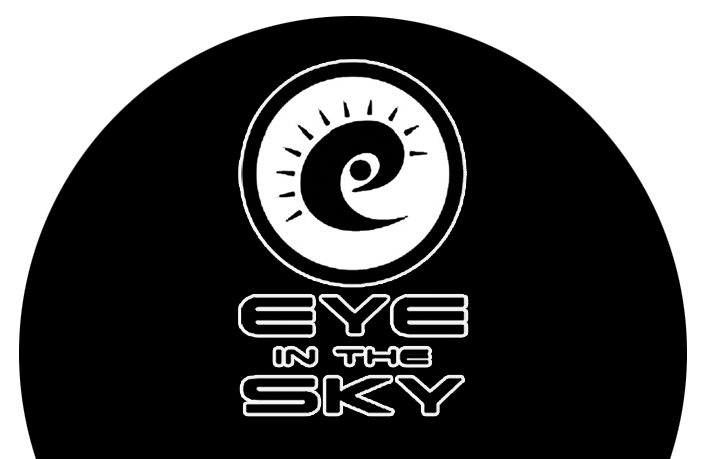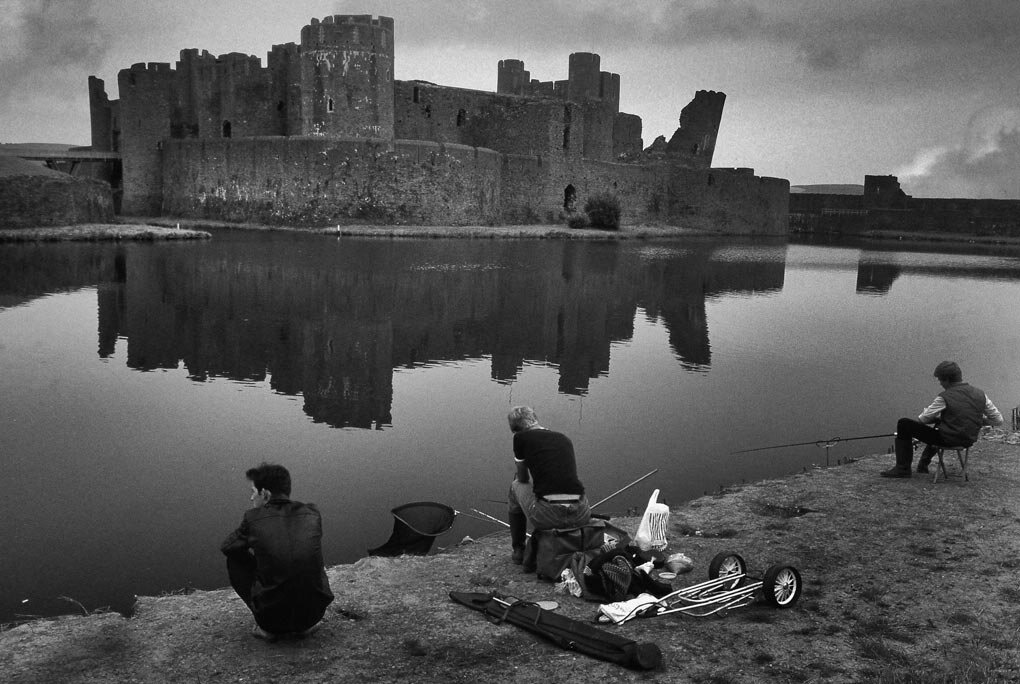SCATTERED
LIGHTING - Scattered light or haze
All images need some sort of contrast, be it highlights and shadows or the contrasts of colour working together in a composition. When there is no direct sunlight to offer highlight and shadow as contrast, you need to find it somewhere else. As the light has no contrast in itself, you need to include a dark object in your composition. Atmospheric haze can offer this. It can be due to snow, ground mist or fog, overcast or rain. Soft lighting has no contrast in itself, so include a dark or light object in your composition if you want tonal contrast. It is, in comparison to directional lighting, considered ‘passive’ and will appear to envelop everything and have no direction.
Distant features will appear lighter due to the amount of scattered light in between you and the object. Closer features conversely will be denser so therefore they will be quite dark, which is eaxctly the contrast you are seeking. What you should be wary of is large areas of white sky in your composition. It tends to take the eye away from your subject. But sometimes it works, like the Radcliffe Camera. Overcast or dreary days often look good as a mono treatment.
The image of Oxfords High st had a lot of atmospheric haze, or scattered Ultra Violet light bouncing around. The darker areas are not so much of a shadow but rather the absence of light. But the warmth of the dawn light transformed the scene. The image of Caerphilly Castle in Wales worked better in mono I felt. The picture was taken on a grey, bleak day with no direct sunlight, It seemed to match the mood of the boys and the ruined castle.
All photography and information © Jon Davison 2021













